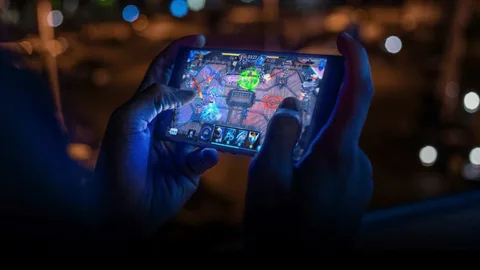In-app purchases (IAPs) have become a cornerstone of the mobile gaming industry, redefining how developers earn revenue and how players engage with games. Unlike the early days of mobile gaming, where players paid a one-time fee to download a game, today’s landscape is dominated by free-to-play titles that rely heavily on microtransactions.
These in-app purchases allow players to buy virtual goods—such as power-ups, skins, characters, currency, or time-saving boosts—directly within the game. This shift in monetization strategy has not only made games more accessible to a wider audience but also significantly increased profitability for developers. However, it has also introduced new dynamics into how games are designed, experienced, and perceived.
One of the major impacts of IAPs is the transformation of game design itself. Developers often structure gameplay in ways that encourage players to spend money to progress faster, customize their experience, or compete more effectively.
This design model can be seen in popular games like Clash of Clans, Candy Crush Saga, or PUBG Mobile, where progression is possible through skill and time, but spending money offers shortcuts or exclusive advantages. As a result, many games have adopted a “freemium” model—free to play, but with premium features locked behind paywalls.
While this gives users the option to play for free, it also creates a divide between paying and non-paying players, sometimes sparking debates around fairness and “pay-to-win” mechanics.
Moreover, IAPs have changed the player experience by making personalization a key part of gameplay. Cosmetic items such as character outfits, weapon skins, and emotes have become a status symbol in gaming communities. Players often make purchases not for competitive advantage but for self-expression and identity within the game.
This has created a thriving digital economy within games, where rare and exclusive items drive player interest and engagement. Limited-time offers, daily rewards, and seasonal passes are now standard strategies to incentivize spending and maintain player retention.
On the downside, IAPs have raised concerns regarding addictive behavior and spending among young audiences. Some critics argue that games are increasingly being designed with psychological tricks—such as loot boxes and countdown timers—to encourage impulse buying.
In response, some countries have started regulating certain aspects of in-app purchases, particularly loot box mechanics, to protect consumers and promote transparency.
Conclusion
In-app purchases have undeniably revolutionized mobile gaming, offering new revenue streams for developers and enhancing gameplay experiences through customization and progression options. While they have made mobile games more accessible and engaging, they have also introduced ethical and design challenges that the industry must address.
As the mobile gaming market continues to grow, finding a balance between monetization, player enjoyment, and fair gameplay will be crucial for sustainable success. Developers and platforms must innovate responsibly to ensure that the future of mobile gaming remains inclusive, enjoyable, and ethically sound.
